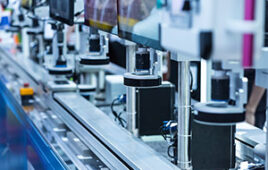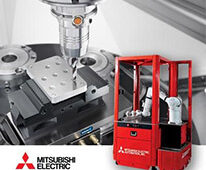Manufacturing and design industries require increasing precision of measurement, and selecting the right non-contact proximity measuring system can be essential to a successful project that stays on time and on budget.

Selecting the right technology for a non-contact proximity measuring system will come down to environment and performance requirements. The primary three technologies used are capacitance displacement, laser displacement, and eddy current sensors. Here we focus on eddy current sensors.
Eddy current sensors are well suited for all environments from inside internal combustion engines to semiconductor clean rooms. These sensors have advantages in higher-temperature environments, as eddy currents can withstand high ambient temperatures. The KD-2446 non-contact high-precision measuring system, for example, uses eddy currents, operating on the principle of impedance variation caused by eddy currents induced in a conductive target by a sensor coil. This technology is capable of sub-micro inch resolution.
The KD-2446 may be used in a variety of applications using target materials such as ferrous steel, stainless steel or aluminum. Applications include displacement, vibration, sorting and event capture.
In addition to its measuring capabilities (with resolution to 12 micro in.), the eddy current sensor offers opto-isolated switched output for process control, suitable for interfacing to PLC inputs, counters, timers or alarm circuits.
Beyond its simple construction, integrated features and low price-point, other key elements of the KD-2446 include: variable voltage input (12 to 24 Vdc), temperature tolerance (up to 400°F), high speed (10KHz analog output, 3.3KHz switched output), low switching hysteresis (< 1% on ferrous targets), and RoHS compliant.
If static resolution to 12 micro in. is acceptable, the KD-2446 may be a viable alternative to a more complex system. An “off the shelf” option like the KD-2446 can also be helpful in getting a measurement process started, for example when a concept needs proving quickly and with reasonable accuracy.
Kaman Precision Products
www.kamansensors.com
Filed Under: Factory automation, SENSORS





Tell Us What You Think!